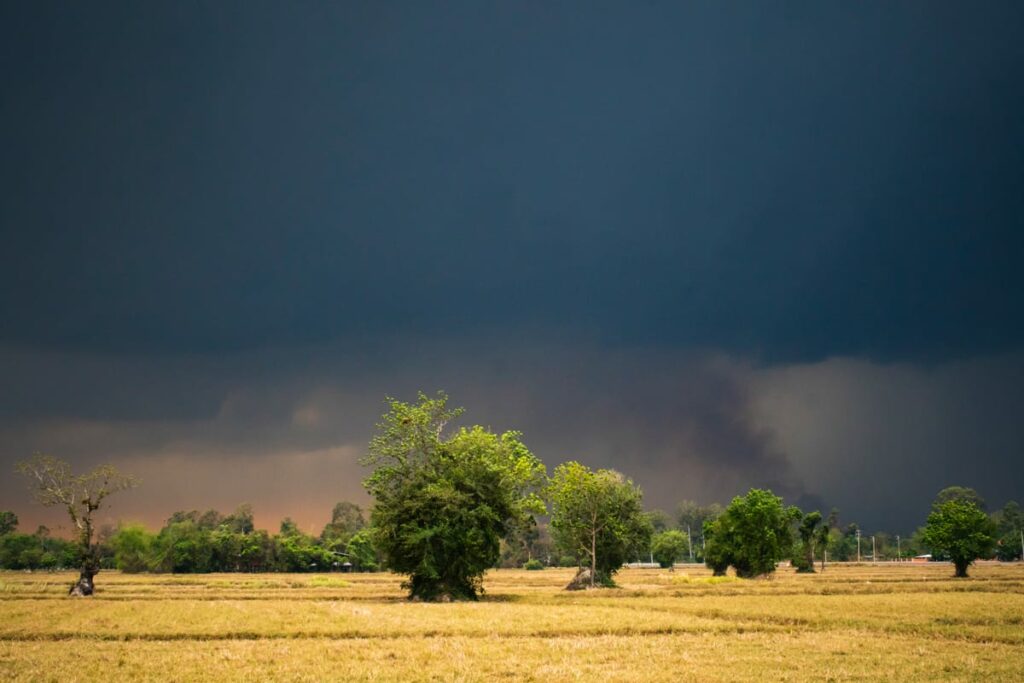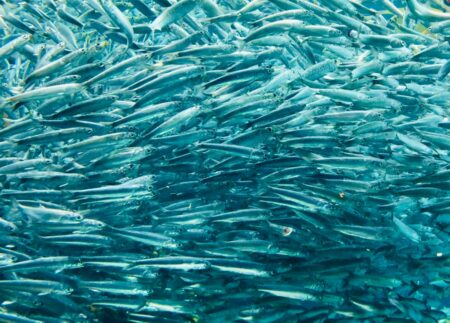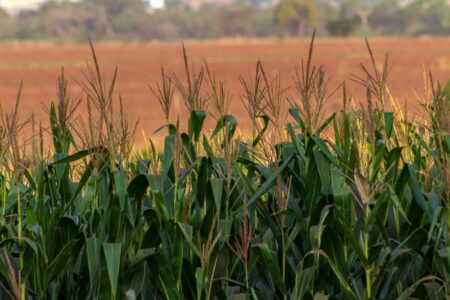Extreme weather events like floods and droughts are becoming more common and severe because of climate change. While natural climate variability significantly contributes to individual extreme events, studies show that human-induced climate change makes these events more likely and more severe. Increasing temperatures and increased precipitation are also leading to more extreme weather events, which are affecting cities and regions across the globe.
The link between climate change and extreme weather events is growing more robust, and many researchers say the planet’s warming is intensifying specific weather events. Heatwaves, for example, are hazardous because a combination of temperature and humidity causes them. This extreme weather phenomenon is most likely to last two or more days. In addition to increased heatwaves, climate change is expected to intensify summer droughts.
In Texas, the number of days over 100 degrees Fahrenheit has increased by one month, and the number of days over 95 degrees has increased by a month. Across California, temperatures have increased by 3 degrees Fahrenheit over the past century, and the Union of Concerned Scientists predicts that they will continue to rise. Increased heatwaves will make building and using air conditioning more challenging, fueling carbon pollution and putting stress on the energy grid, which may lead to blackouts. And if these extreme weather events continue, they will be dangerous for the most vulnerable population.

In the next century, the Intergovernmental Panel on Climate Change (IPCC) estimates that global temperatures will rise 2.5 to 10 degrees Fahrenheit. How much these temperatures rise will depend on the volume of heat-trapping gas released globally and how sensitive the Earth is to these emissions.
The National Wildlife Federation has released a report on extreme weather events’ potential economic and social consequences. As more people live in cities, especially coastal regions and the South, they will be exposed to higher rates of illness and death from extreme weather. Added stress on existing urban infrastructure, such as poor air quality, aging infrastructure, and lack of healthcare, will make it even more challenging to cope with the resulting climate change.

Human-induced climate change causes flooding
Many scientists now believe that human-induced climate change is the primary cause of extreme weather events such as droughts, floods, and tropical storms. Three hundred fifty peer-reviewed studies have linked climate change to these events. Although the reasons for each extreme weather event are complicated, studies have shown that the overall climate has been warming over the past century. As a result, these weather events are more frequent and intense.
While droughts and floods were the leading causes of losses in recent years, they are not the only factors responsible for these events. Extreme sea-level events are also linked to climate change, increasing the intensity of other extreme events. Floods, for example, are making low-lying areas more vulnerable, and studies are finding that flooding events are more common due to climate change. The devastating flooding in eastern China in June and July 2016 was due to extreme rain. In the United States, the destruction from floods and droughts averaged US$8 billion in the same year.
The results of studies relating to drought, floods, and tropical storms have been mixed. While heat waves and droughts have been linked to climate change, extreme rainfall is more complicated to detect. However, scientists have identified several factors that may affect drought, floods, and storms. Regardless of the causes, climate change is a significant factor in many of these events.
Various climate models have been developed to measure the extent of climate-induced extreme events. Among these is the concept of attribution. In attribution studies, the researchers try to determine the size of the human impact on an extreme event. For example, they compare the extent of a multi-year drought in a region with simulations of a climate without human-induced global warming. When a drought is considered a significant contributor to extreme weather, the difference between a climate-changed climate and a “no-change” simulation shows a measurable change in severity.
As a result of global warming, the lower atmosphere is becoming moister and warmer. This means that storms and extreme weather events can occur more frequently, increasing the likelihood of flooding. The Earth is also experiencing more severe heat waves, which cause deadly wildfires in Greece and Canada.

Human-induced climate change causes droughts
Widespread changes in weather patterns accompany increasing global temperatures, and these changes will make extreme weather events more common and more intense. The chapter explores changes in temperatures, precipitation, storms, and floods, and it also discusses what is known about how climate change affects these natural events.
As a result of human-induced climate change, wild species are shifting their ranges and becoming more vulnerable to droughts. Soils are losing moisture because of evaporation, increasing droughts’ intensity. Warming ocean water is rising sea-surface temperatures. In 2012, the United States experienced the hottest year on record. More than $1 billion was spent on 11 natural disasters. And while the relative contributions of natural and human factors are unclear, the intensity of hurricane-associated storms is projected to increase.
In the future, the combined effects of global warming, global sea-level rise, and increased water evaporation will reshape weather patterns. These changes will lead to a new cycle of extreme weather events, and the high heat will intensify storms and make standard weather patterns more irregular. These extreme weather events will continue to occur as climate change affects the Earth’s climate.
These natural weather extremes may already be more severe and deadly, but the impact of climate change can be even more devastating. For instance, during Hurricane Sandy, a hurricane barreled into the U.S. Northeast, damaging coastal areas and killing 100 people. It cost more than $6 billion in damages. With the increased intensity of storms, flood risks will increase.

Human-induced climate change causes tropical storms.
Warm ocean temperatures and humidity fuel tropical storms. Human-induced climate change is increasing both ocean and land temperatures, and the increase in rainfall is impacting coastal communities. Scientists have studied past hurricanes to understand how climate change affects storms and hurricanes. They have found that the average hourly rainfall during hurricanes was 10 percent higher than during the pre-industrial era. The resulting storms are more intense and can drop record amounts of rain.














